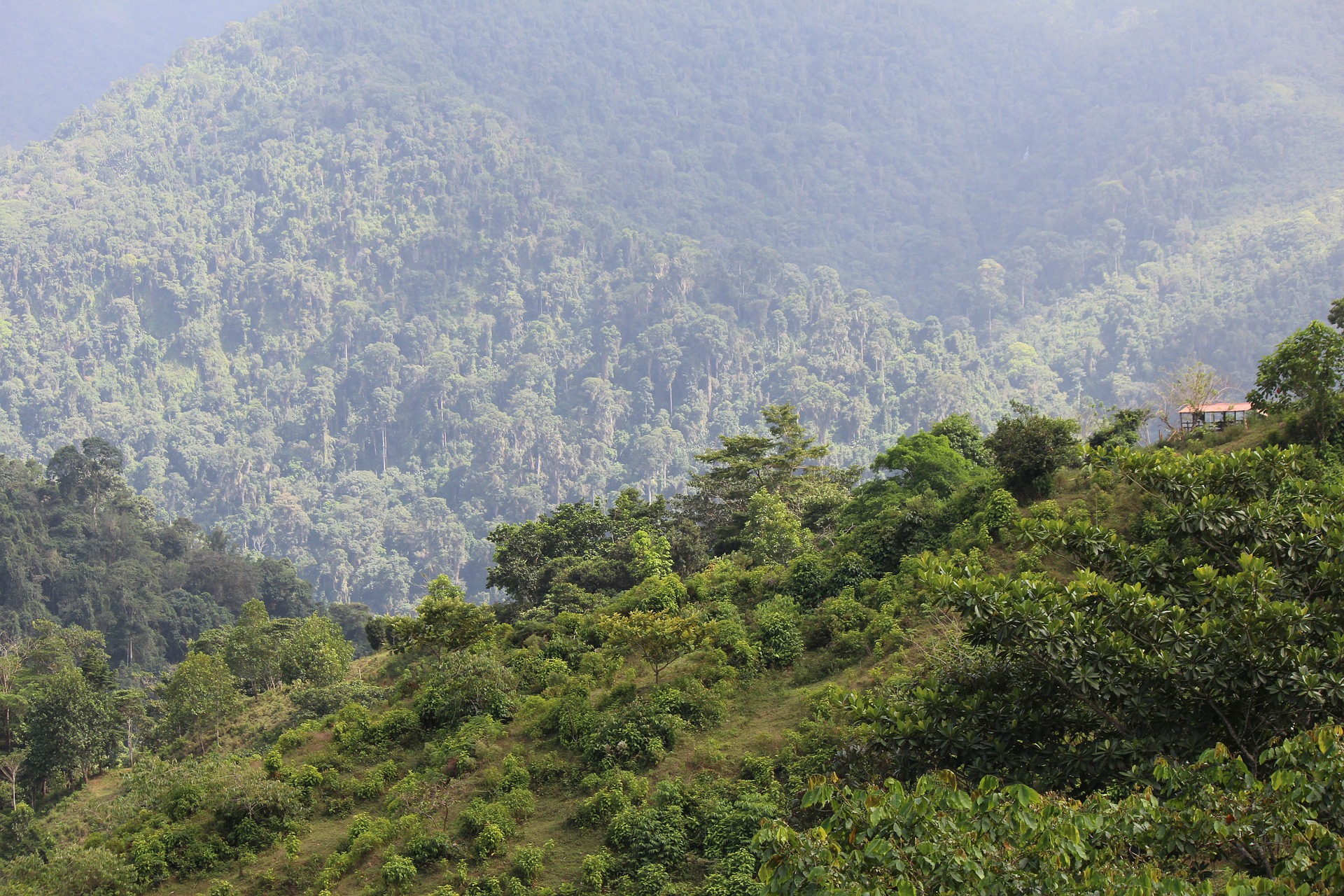It is no secret that, over the years, environmental issues have generated an exponential increase in the negative impacts affecting the planet. Problems such as greenhouse gas emissions, waste generation and disposal, deforestation, among other factors, have become the “focus” of attention for the scientific community, because when the planet is affected, the integrity and stability of human life as such is put at risk.
By Jhon Gregory Mendez Embús
Every day, a thousand and one ways are being sought to find methods or technology strategies to deal with these situations. However, there is no one that can control and regulate everything efficiently and without repercussions. In general, this happens because the importance of caring for and protecting the environment is diverted and priority is given to economic aspects or benefits for a particular group of people.
However, indigenous culture is a fundamental aspect that will always be intimately tied to the history and development of humanity. The worldview of some indigenous peoples opens the way to new concepts that relate to all objects of scientific study and that seek to explain the processes taking place on the planet. In this way, entering into these cultures represents a new methodology of understanding and social integration that favours and enriches human knowledge.
A clear example of this can be seen in the customs of the indigenous people of the Kággabba (Kogui), a community located in the Sierra Nevada de Santa Marta and which, according to the Colombian Ministry of Culture, establishes a social scheme based on the law of origin, that is, a norm that dictates the guidelines for the relationship and behaviour of man-nature.

Territory of the Sierra Nevada de Santa Marta. Sacred place for the Kogui Indians
For the Kággabba (Kogui), all the ecosystems themselves are living beings that are part of and make up Mother Earth; the rivers, the plants, the animals, the earth, the whole environment as such, is part of that mystical gear of the spiritual world that they call ¨aluna¨. In this way the Kággabba (Kogui) maintain a close relationship with nature from birth and throughout their lives. In fact, they are considered the guardians of nature and harmony in the world.
Their connection with the environment is so strong that they are able to understand multiple natural, climatic and ecological processes without the need for prior scientific research. Likewise, they have the capacity to promote actions that seek to remedy environmental problems that are occurring. All the knowledge they possess has been acquired and passed down from their ancestors and they hold firm to their position of primary importance to mother earth.
And it is here where indigenous mysticism and cosmovision play a fundamental role when talking about protection, restoration and conservation of the environment, understanding that the planet is a system that deserves our total and complete respect and that, therefore, we must act in favour and for the benefit of it over any other element.
Indigenous communities are sometimes discriminated against and their concepts and perceptions are not taken into account when making decisions that involve direct or indirect action on the environment, because they do not have scientific backing. However, this is something that should be changing progressively
because thanks to the links formed through their culture with the planet, they are able to provide efficient solutions to problems, without looking for other types of interests.
You may be interested in: ¨Aluna¨ Documentary film about the Kággabba (Kogui)












